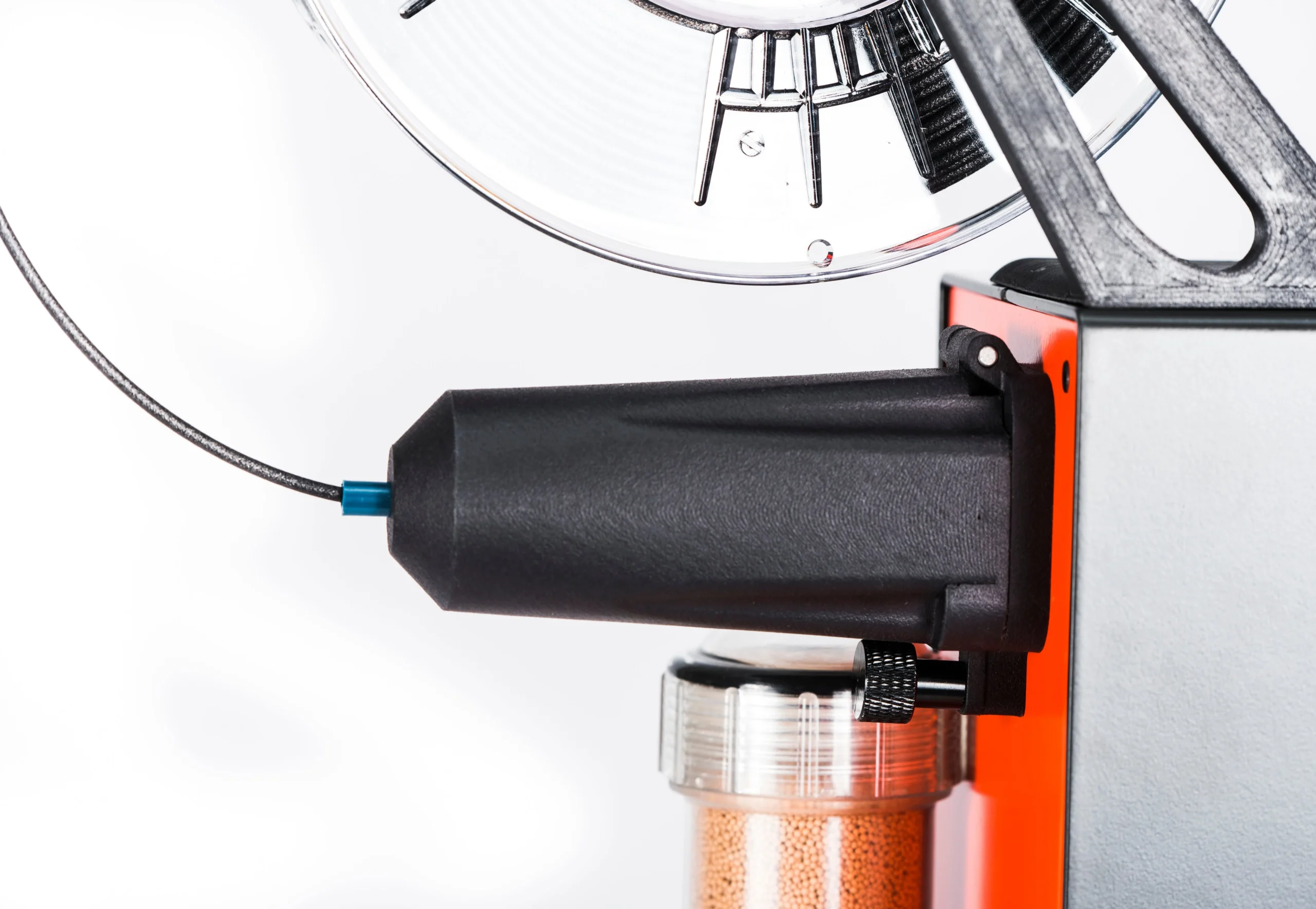During the 3D printing process, moisture can affect your overall results. This is especially true with hygroscopic filaments like nylon, PETG, or TPU. Therefore, understanding how your filaments react with moisture and how to prepare your material before printing can turn your prints from mediocre to a masterpiece.
In the 3D printing world, there are two common methods that are discussed. These methods include drying and pre-heating, aiming to improve the print quality. While they might seem the same to you, there are many differences between them.
This article explores the difference between drying and pre-heating filaments, and which one is better for your personal printing goals.
Understanding Filament Moisture Absorption – What Happens?
Before we dive into the actual comparison, let’s talk about why filament preparation matters. You see, most 3D printing filaments are hygroscopic. This means that they will absorb moisture out of thin air.
Some filaments like Nylon, PETG, PVA, PLA, and TPU can absorb under high humidity. Nowadays, in many tropical and other Asian regions, humidity is high, which makes filaments absorb moisture.
So, when your filament is printed, the water inside heats up quickly and turns into steam. Ultimately, the steam creates bubbles, stringing, inconsistent printing, and, ultimately, everyone’s worst fear: clogging.
Therefore, when you prepare your filament properly before printing, the chances of success are much higher. Now, let’s take filament drying and pre-heating processes one by one.
The Science of Filament Drying
Filament is the process of removing the absorbed moisture from your filament. This is typically done by using a dedicated dryer. The dryer acts as a heat source, and once you put filament in, it will heat the source for a set period of time.
Here are some of the most common methods of drying a filament:
- A dedicated filament dryer.
- Food dehydrator.
- Tweaked overs (with temperature stick)
- DIY drying boxes with a heating element.
Typically, the drying duration for a filament using these methods can range from 4 to 12 hours. However, it depends on filaments. Those that are more hygroscopic can take many hours, while something like PLA might not require as much.
Here are some of the benefits of drying filaments:
- Removes internal moisture of filaments to make them print-ready.
- Massively improves layer adhesion.
- Removes issues with bubbling and stringing.
- Better extrusion and surface finish.
When to Dry Filaments?
But the question arises, when should you actually dry filaments? Firstly, if your filaments have been exposed to humid air for several days or weeks, it is best to dry them before printing. Many hygroscopic filaments, such as nylon, PVA, and TPU, also require drying before use, just to be safe.
Lastly, if you often encounter issues like bubbling, stringing, or popping sounds, the most probable cause is likely moisture. Therefore, you require a dedicated filament dryer for your 3D printing needs.
What Do You Mean By Pre-Heating Filament?
Pre-heating is the process of warming up filaments right before printing. This is typically done at a temperature slightly below the melting point. So, here, the fact isn’t to dry the filament but to make it print-ready.
The main objective of pre-heating filaments is to soften the filament for a smoother 3D printing process. Moreover, it also reduces moisture from the surface, speeds up the extrusion process, and minimizes warping for most filaments.
Specifically, the ABS filament is often prone to warping, so it’s essential to pre-heat the parts thoroughly here.
There are many benefits of pre-heating filaments, and some of them are as follows:
- Ideal for reducing moisture on filaments from the surface.
- Prepare your filaments for the extrusion process.
- Saves time compared to the long drying sessions.
So, when exactly should you preheat?
When to Pre-Heat Filament?
Pre-heating the filament is good if it has been stored in a dry box for a while. There is still a chance that the moisture might be on the surface. Moreover, if you want to load your filaments easily and have the 3D printing process go quite smoothly, then pre-heating works really well.
Lastly, if you are short on time and want to print quickly, as long as your filament isn’t soaked fully in moisture, then pre-eating can still be one of the most viable ways to start printing effectively.
Differences Between Drying and Pre-Heating Filament
The difference starts right from the purpose of what you’re printing. Firstly, with drying, you not only remove the external moisture, but it goes deeper than that and removes internal humidity as well. As opposed to that, pre-heating is mainly done for better extrusion and overall printing smoothness.
The next difference comes in terms of the duration. The drying process can take hours, while pre-heating only takes between five and thirty minutes, depending upon the heat you’re giving to it. All in all, the print quality impact is high when it comes to drying because it doesn’t just work on the surface but goes deeper as well.
In the end, you should go with a filament dryer like the Chitu E1. This filament offers a plethora of features, including:
- 3.5-inch resistive touchscreen to monitor and control drying temperature.
- Two chambers that can store up to four filaments.
- You can print filaments while drying them at the same time.
With so many benefits of filament drying, it is one of the best investments you can make in the humidity season.
Final Verdict
Drying vs pre-heating is a debate that has been going on for quite a long time. Now, it is clear that drying is a better long-term and impactful process while pre-heating is more like fine-tuning the end results.
If you are looking for more 3D printing accessories, then you should check Chitu Systems out!

